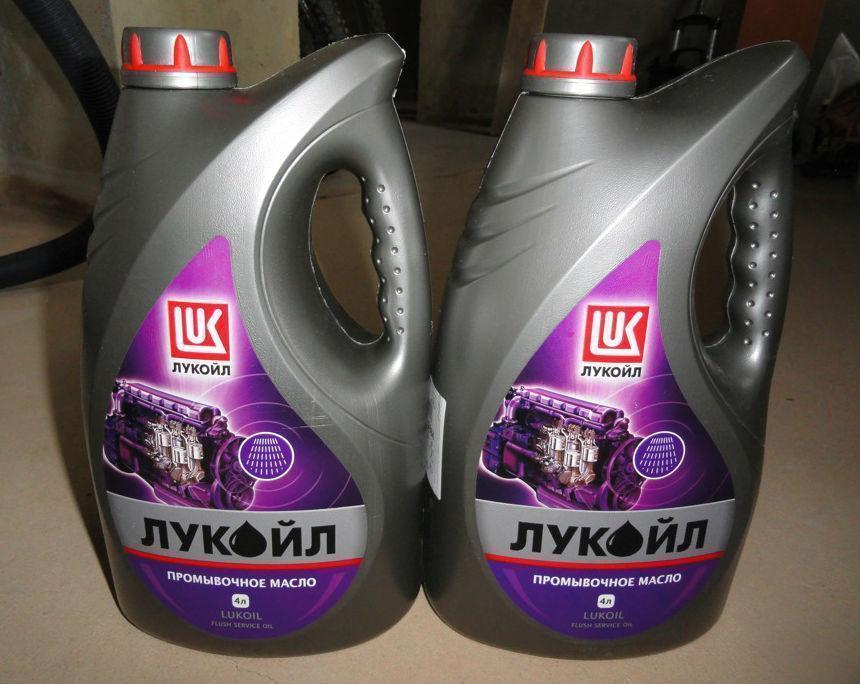
Flushing oil for the engine. Rinse or not?
Content
Do I need to use flushing oil?
Let's get straight to the point. There are situations in which it makes sense to use flushing oil. But in some cases this is not necessary.
Let's analyze situations in which flushing the engine with specialized oil will be relevant.
- Changing regular engine oil to a fundamentally different one based on the base or package of additives used. In this case, there is no urgent need to clean the crankcase from the remnants of old grease. However, flushing the motor will not be superfluous. Motor oils are mostly similar in terms of base type and additives used. And at least when they are partially mixed, nothing bad will happen. But there are oils on the market with unique characteristics or composition. For example, these include lubricants with molybdenum or based on esters. Here, before changing the oil, it is advisable to flush the crankcase in order to remove as much of the remnants of old grease as possible.
- Significant overmileage between regular maintenance. Oil after the scheduled service life begins to clog the engine and settle in the grooves and recesses of the motor in the form of sludge deposits. Flushing oils are used to remove these deposits.
- Detection under the valve cover or in the sump of significant sludge deposits. In this case, it will also not be superfluous to fill in the flushing lubricant. Low-quality lubricants, even if replaced in a timely manner, gradually pollute the motor.
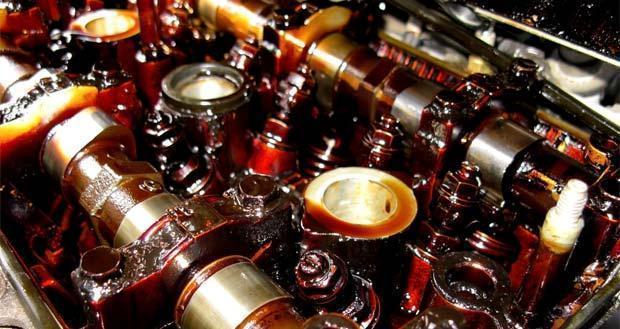

Engine flush oil manufacturers recommend using their product during every maintenance. However, there is no real need for this. This is a commercial move. If the oil changes on time and the valve cover is clean, it makes no sense to pour a chemically aggressive flush.
The cleaning components of flushing oils act much softer and safer than the so-called five-minutes. But, nevertheless, flushing oils still have a negative effect on ICE oil seals.
The effect of flushing oils on oil seals is ambiguous. On the one hand, the alkalis and light hydrocarbons contained in these products soften hardened seals and can even partially reduce the intensity of leakage through them, if any. On the other hand, these same tools can reduce the strength of the oil seal, which is why its working surface will be destroyed at an accelerated pace, and the engine will begin to “snot” over time.
Therefore flushing oil should only be used when needed. There is no point in regularly pouring it into the crankcase.
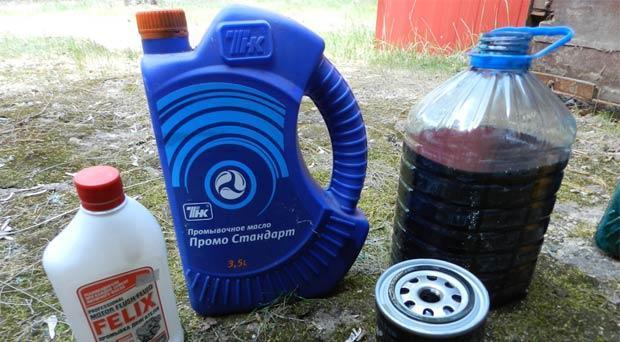

Flushing oil "Lukoil"
Perhaps the most popular and discussed flushing oil in the Russian markets is Lukoil. It costs in retail sales an average of about 500 rubles per 4-liter canister. It is also sold in containers of 18 liters and in a barrel version (200 liters).
The base of this product is mineral. The composition includes a complex of cleaning additives based on calcium. ZDDP zinc-phosphorus components are used as protective and extreme pressure components. The content of ZDDP compounds in the flushing oil is low. Therefore, for the full operation of the engine, they are clearly not enough. This means that flushing can only be done at idle. If you give the motor a load, this can lead to the formation of scoring on the friction surfaces or accelerated wear.
According to motorists, Lukoil is a good flush that can quite effectively clean the engine of not very old deposits.
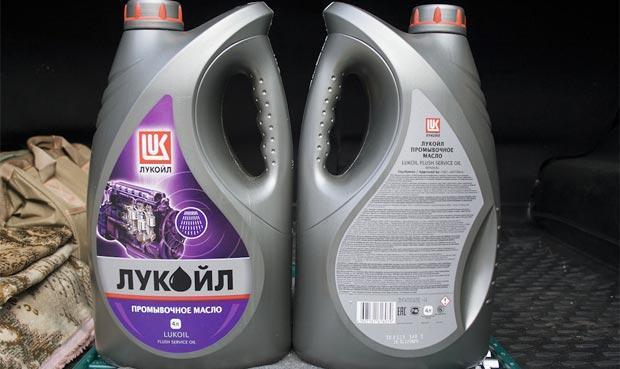

Flushing oil "Rosneft"
Another well-known product on the Russian market is Rosneft Express flushing oil. Available in containers of 4, 20 and 216 liters. The estimated cost of a 4-liter canister is 600 rubles.
Flushing oil "Rosneft Express" was created on a mineral basis of deep cleaning with the addition of detergent and dispersant additives. Washes off soot and sludge deposits from oil channels, timing and crankshaft parts and surfaces of body parts. It retains finely dispersed contaminants in its volume, which tend to precipitate and not drain when changing the oil.
Flushing Rosneft Express gently affects the seals, does not destroy the structure of the rubber. During flushing, regular operation of the car is not allowed, since the additive package is traditionally poor for such compositions.
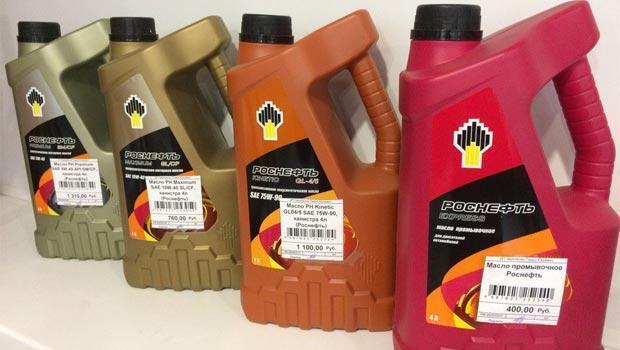

Flushing oil "Gazpromneft"
At car services, you can often see Gazpromneft Promo flushing oil. This product is positioned as a mild cleaner for engines of all types.
This oil is produced in cans of 3,5 and 20 liters, as well as in a barrel version of 205 liters. The price of a 3,5-liter canister on the market is about 500 rubles.
The kinematic viscosity of the Promo flush is 9,9 cSt, which, according to SAE J300 classification, is equivalent to a high temperature viscosity of 30. The pour point is about -19°C. Flash point +232°C.
Thanks to a good package of detergent and dispersant additives, the composition has minimal effect on rubber and aluminum parts of the lubrication system. The low content of antiwear and extreme pressure additives allows you to reliably protect the motor during cleaning, if it is not subjected to increased loads.
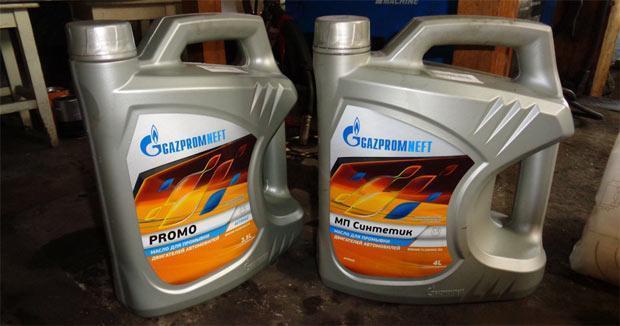

Flushing oil MPA-2
Flushing oil MPA-2 is not a separate brand, but a common product name. It stands for "Automotive Flushing Oil". Produced by several oil refineries: OilRight, Yarneft and just small companies without branding.
MPA-2 is the cheapest option available on the market. The price is often less than 500 rubles. Contains a simple set of detergent additives. On the one hand, such additives are moderately aggressive towards the rubber parts of the motor and, if used moderately, will not harm the engine. On the other hand, the cleaning efficiency is also not the highest.
Motorists say that this oil copes with the cleaning of not very old deposits. However, in comparative tests, it loses somewhat to more expensive options. It is also worth noting that different manufacturers, despite the available technical specifications for the composition, this oil differs somewhat in terms of effectiveness.
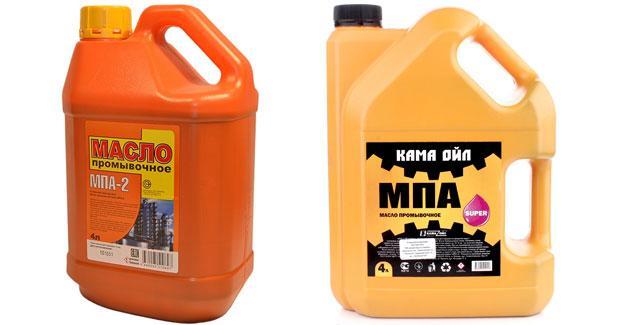

Flushing oil ZIC Flush
In general, the products of the Korean company SK Energy have become widespread in Russia over the past few years. And ZIC Flush was no exception.
Flushing ZIC Flush is created on a synthetic basis, on the proprietary SK Energy Yubase base. Very low viscosity: only 4,7 cSt at 100°C. It loses fluidity only after passing the -47 ° C mark on the thermometer. Flashes in a closed crucible after reaching a temperature of +212°C.
This oil is recommended for flushing engines that require low viscosity lubricants. For example, for engines of modern Japanese cars designed for 0W-20 lubricants.
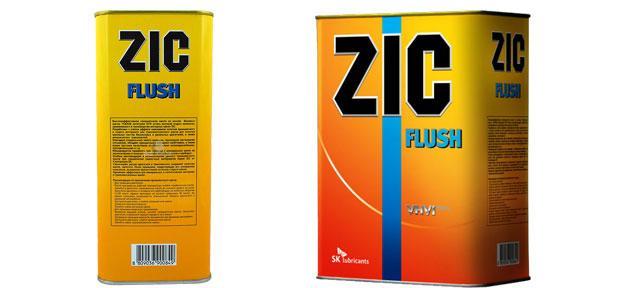

It is difficult to unequivocally say which is the best of all flushing oils available on the Russian market. Much of the final result depends on the degree of contamination of the motor, the sensitivity of rubber and aluminum products to aggressive alkalis and light penetrating hydrocarbons, as well as the quality of the flush itself.
General recommendations include at least the choice of flushing according to the viscosity required for the car. If the motor needs 10W-40 oil as a regular oil, then you should not pour low-viscosity flushing compounds. At the same time, thick flushing lubricants are also not recommended for Japanese high-revving cars designed for 0W-20 oils.


Watch this video on YouTube

